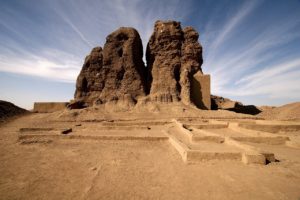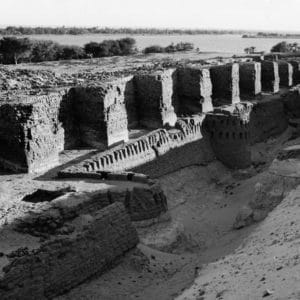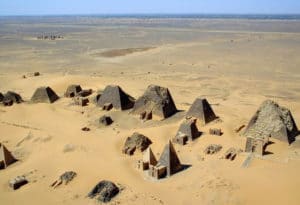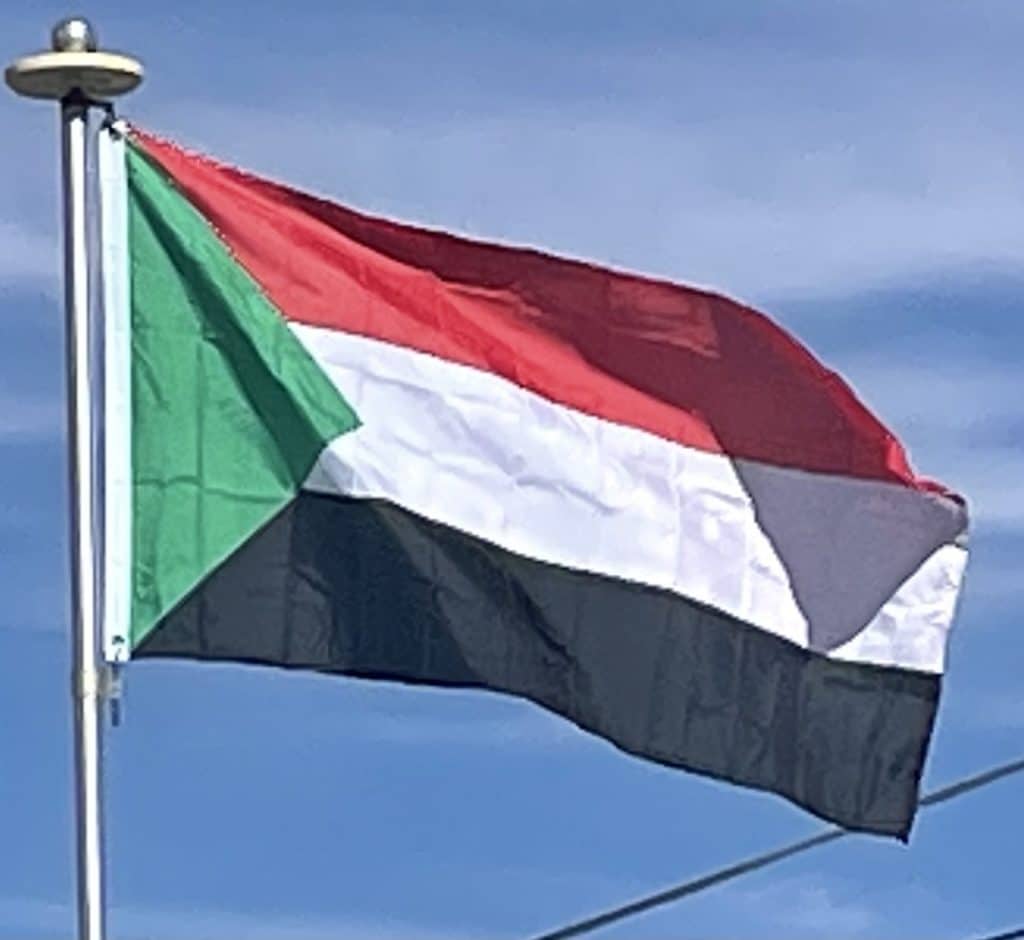
Islam was the Sudan’s state religion and Islamic laws applied from 1983 until 2020 when the country became a secular state. The economy has been described as lower-middle income and relies on oil production despite a long-term international sanctions and isolation. Sudan is a member of the United Nations, the Arab League, African Union, COMESA, Non-Aligned Movement and the Organisation of Islamic Co-operation.
History:
Prehistoric Sudan (before c. 800 BC):
By the eighth millennium BC, people of a Neolithic culture had settled into a sedentary way of life there in fortified mudbrick villages, where they supplemented hunting and fishing on the Nile with grain gathering and cattle herding. During the fifth millennium BC, migrations from the drying Sahara brought neolithic people into the Nile Valley along with agriculture. The population that resulted from this cultural and genetic mixing developed a social hierarchy over the next centuries which became the Kingdom of Kush (with the capital at Kerma) at 1700 BC.

Anthropological and archaeological research indicate that during the predynastic period Nubia and Nagadan Upper Egypt were ethnically, and culturally nearly identical, and thus, simultaneously evolved systems of pharaonic kingship by 3300 BC.
Kingdom of Kush (c. 1070 BC–350 AD):
After King Kashta (“the Kushite”) invaded Egypt in the eighth century BC, the Kushite kings ruled as pharaohs of the Twenty-fifth Dynasty of Egypt for a century before being defeated and driven out by the Assyrians. At the height of their glory, the Kushites conquered an empire that stretched from what is now known as South Kordofan to the Sinai. Pharaoh Piye attempted to expand the empire into the Near East but was thwarted by the Assyrian king Sargon II.

During Classical Antiquity, the Nubian capital was still at Meroë. In ancient Greek geography, the Meroitic kingdom was known as Ethiopia (a term also used earlier by the Assyrians when encountering the Nubians). The civilization of Kush was among the first in the world to use iron smelting technology.

The Nubian kingdom at Meroë persisted until the mid-4th century AD.
Medieval Christian Nubian Kingdoms (c. 350–1500):
Between 639 and 641 the Muslim Arabs of the Rashidun Caliphate conquered Byzantine Egypt. In 641 or 642 and again in 652 they invaded Nubia but were repelled, making the Nubians one of the few who managed to defeat the Arabs during the Islamic expansion. Afterward the Makurian king and the Arabs agreed on a unique non-aggression pact that also included an annual exchange of gifts, thus acknowledging Makuria’s independence. While the Arabs failed to conquer Nubia they began to settle east of the Nile, where they eventually founded several port towns and intermarried with the local Beja.
